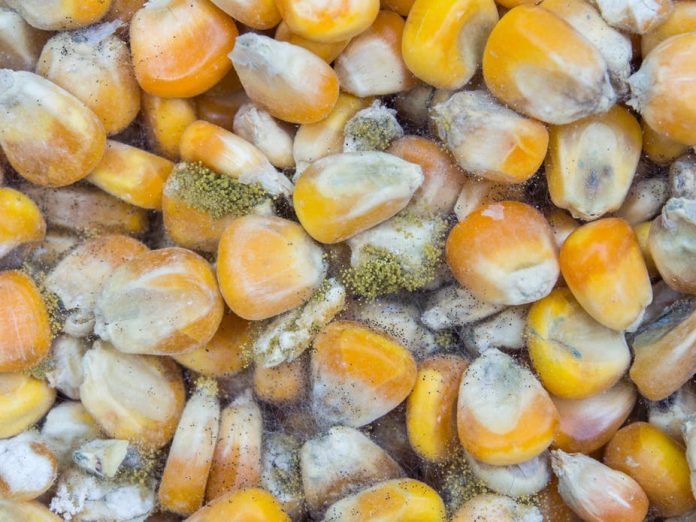By Vivian Hoffmann
An exposé in Kenya has revealed that there are high amounts of a poisonous substance, known as aflatoxin, in many of Kenya’s popular maize flour brands. This is particularly worrying as maize flour is a staple food for most Kenyans. Part of the problem is in how maize is processed and distributed in the country. Vivian Hoffmann shares her insights on this and what must be done to prevent it.
What are aflatoxins and how do they get into our food?
Aflatoxins are toxic chemicals produced by a fungus, Aspergillus flavus. The fungus occurs naturally in soils, but under hot, dry conditions, it can grow and spread to a variety of crops. Maize and groundnut are two crops that are especially susceptible to contamination with aflatoxins.
While aflatoxin is a known carcinogen, and can be fatal to people in large doses, some of the other potential health impacts of consuming moderate amounts of aflatoxin over long periods of time are less well understood.
The amount of harvest that’s affected by aflatoxins varies each year, depending on the weather. Either too little rain during cultivation (which weakens the crops’ natural defences against fungal infection), or too much around harvest (which makes it difficult to dry the crops before storage), can lead to higher aflatoxin.
Poor plant nutrition is also a risk factor because, like drought conditions, it weakens crops and makes then susceptible to being colonised by fungus.
The fungus can continue to grow on crops if they’re not properly stored (and moisture gets in), or if they’re not well dried. In Kenya, maize stored by smallholder farmers has been found to be far more contaminated than purchased maize and is the most likely culprit for the outbreaks of aflatoxin poisoning that occur from time to time.
It’s not a uniquely Kenyan challenge. Aflatoxin contamination occurs in almost all countries. A non-exhaustive list of other aflatoxin hotspots includes the Southern US, Guatemala, parts of China, and India.



